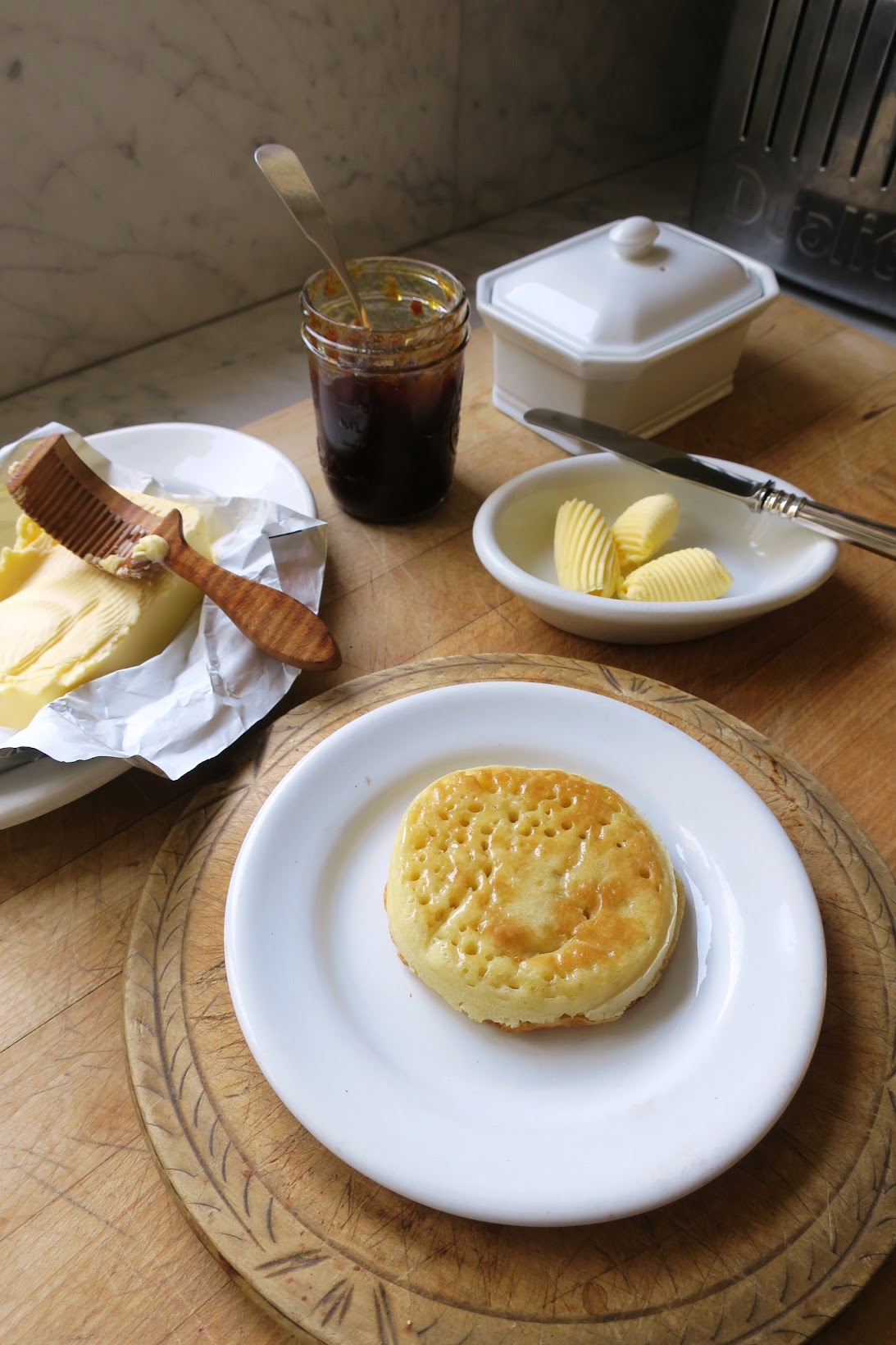Did you correctly guess the purpose of this little wooden mystery object?
Photo: Chronica Domus
Well, that was a fun little game! Thank you all for playing along and taking a stab at what you believed was the purpose of the wooden mystery item. I enjoyed reading all of the comments and the thought behind your suggestions. I must say, you are certainly an imaginative and clever bunch of Sherlocks.
Nope! The mystery item is not a collar fluter
(but this guess wins the most imaginative prize, thank you!)
Source
Photo: Chronica Domus
Well, that was a fun little game! Thank you all for playing along and taking a stab at what you believed was the purpose of the wooden mystery item. I enjoyed reading all of the comments and the thought behind your suggestions. I must say, you are certainly an imaginative and clever bunch of Sherlocks.
Here are some of the incorrect answers put forward for what the mystery item might be:
(but this guess wins the most imaginative prize, thank you!)
Source
Butter paddles, perhaps? Wrong again, but getting warmer!
Source
Source
Butter was a common theme that cropped up throughout the comments and on that score, yes, I can reveal the item is indeed used with butter. "It doesn't look quite right for fancy butter shapes" wrote Jim who inspired this particular round of the Mystery Object Game. Well, Jim, you were certainly on the right track so nice try! Other guesses included a butter paddle, a butter shaper, and a butter cutter.
Ultimately, it was Pipistrello who guessed correctly when she wrote "I'm going with butter curler". Caro's late entry of "Circa 1900 wooden butter curler" was spot on too but that guess was submitted after I published all the comments which might have guided Caro in the right direction. Either way, well done to you both! Please feel free to give yourselves abutter pat on the back.
Ultimately, it was Pipistrello who guessed correctly when she wrote "I'm going with butter curler". Caro's late entry of "Circa 1900 wooden butter curler" was spot on too but that guess was submitted after I published all the comments which might have guided Caro in the right direction. Either way, well done to you both! Please feel free to give yourselves a
The wooden mystery item is indeed a butter curler likely made during the late-nineteenth
century or at the turn of the twentieth
Photo: Chronica Domus
In an effort to demonstrate how the tool works, I can safely report that dairy maids everywhere are in no danger of being displaced by the likes of me any time soon. Working with a block of my favorite creamy Irish butter, I soon discovered the reason why butter curlers have fallen from favor. They truly are a pain in the more trouble than they are worth!
Oh bother! Clearly this tool is made for right-handed dairy maids
(I'm left-handed!)
Photo: Chronica Domus
Following a brief tussle with the butter curler while blurting out several unmentionable words in frustration, success! Somehow, I had eked out three perfectly formed butter curls, a proud moment indeed.
Heavens! I got there in the end
Photo: Chronica Domus
In fact, I was so overjoyed by my accomplishment that I actually forgot to use one of butter curls atop my freshly toasted crumpet reaching instead for the usual slab of butter.
Photo: Chronica Domus
I do hope you enjoyed this installment of the Mystery Object Game because I certainly had fun (sort of) learning how to curl butter. Thank you all once again for being such good sports and playing along with me.
Photo: Chronica Domus
So, do please tell me, would you take the time to curl your butter if you had access to this antiquated kitchen gadget or like me, are you perfectly content to reach for the butter dish and dig the knife straight in?




























































